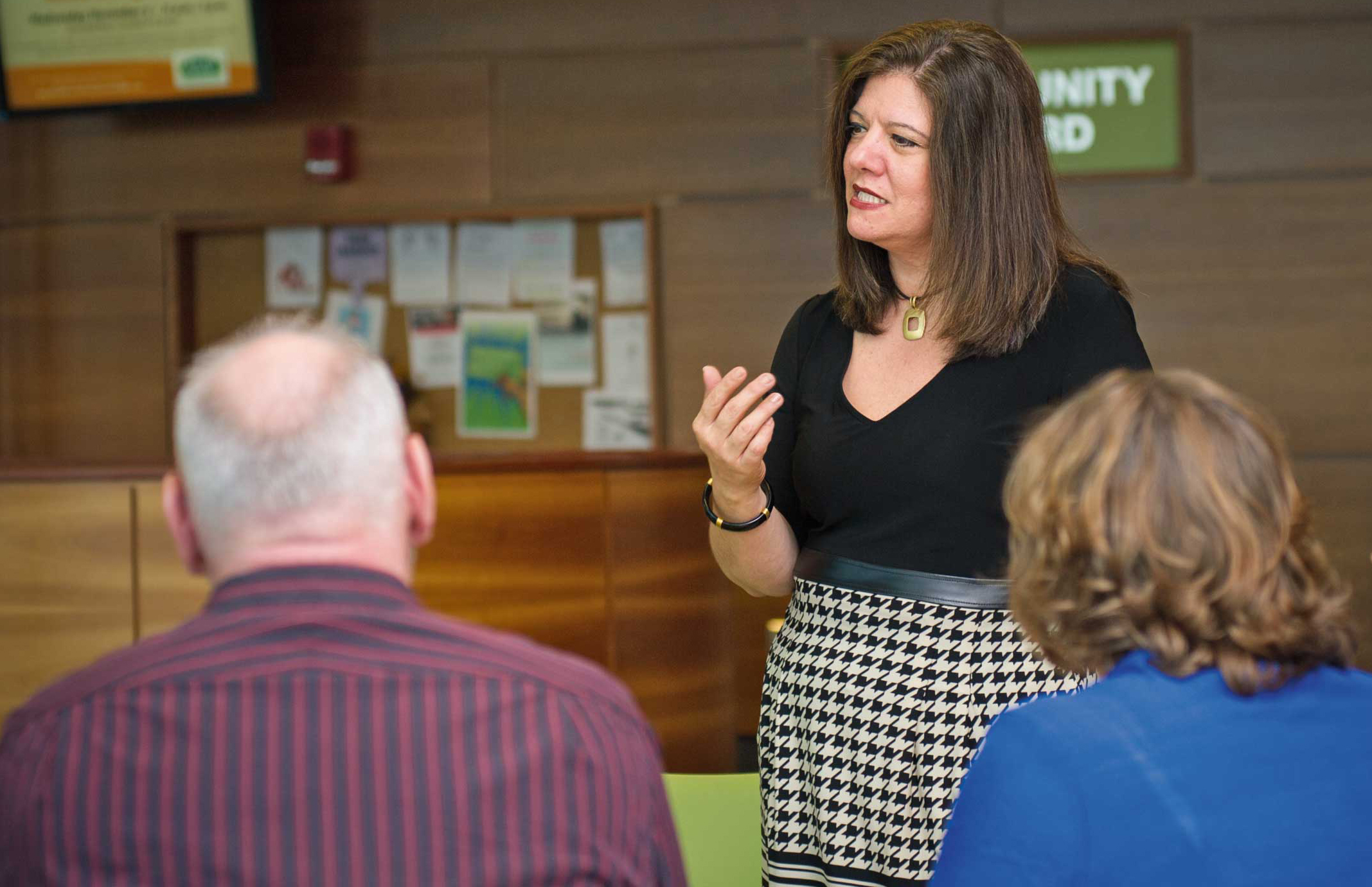In Rochester, teachers team up
In the quandary that is college preparation, with its varying standards, diverse applicants, and underfunded schools, it’s tempting to point fingers. According to the Nation’s Report Card, just one-third of new students arrive on college campuses prepared for college-level work. In another study of college faculty and students at two-year colleges nationwide, faculty put the number at a dismal 4 percent, and students blamed their high schools.
“The research points fingers at the high schools,” admits Jacqueline Tiermini, assistant professor of humanities at Finger Lakes Community College, where 25 percent of students arrive prepared. “But I was cautious. I thought, wait a minute.”
Tiermini is part of a new program designed to ease the transition between high school and college. Spearheaded by FLCC, which is 25 miles southeast of Rochester, New York, the Regional Education Continuum pairs college teachers with their high school peers for the purpose of observing each other’s classrooms, sharing insights, and making changes.
The conversations are proving fruitful.
For instance, the college teachers have learned that high school teachers are subject to many mandates and serve multiple constituencies, including the principal and anxious parents. “They noticed that math teachers had this emphasis on the test, the test, the test, because this test has to be passed by the end of the year,” Tiermini says. That structural emphasis could explain why some concepts are overlooked. Meanwhile, high school science teachers learned that college teachers expect students to read textbooks independently and efficiently. Together, the teachers are framing practical, doable solutions.
More broadly, high school and college are different cultures, notes Tiermini. High school students are closely directed; in college, they face dozens of choices. This makes the transition difficult, especially for students whose parents didn’t go to college. “This has raised everyone’s awareness,” she says, and no one is pointing fingers.

